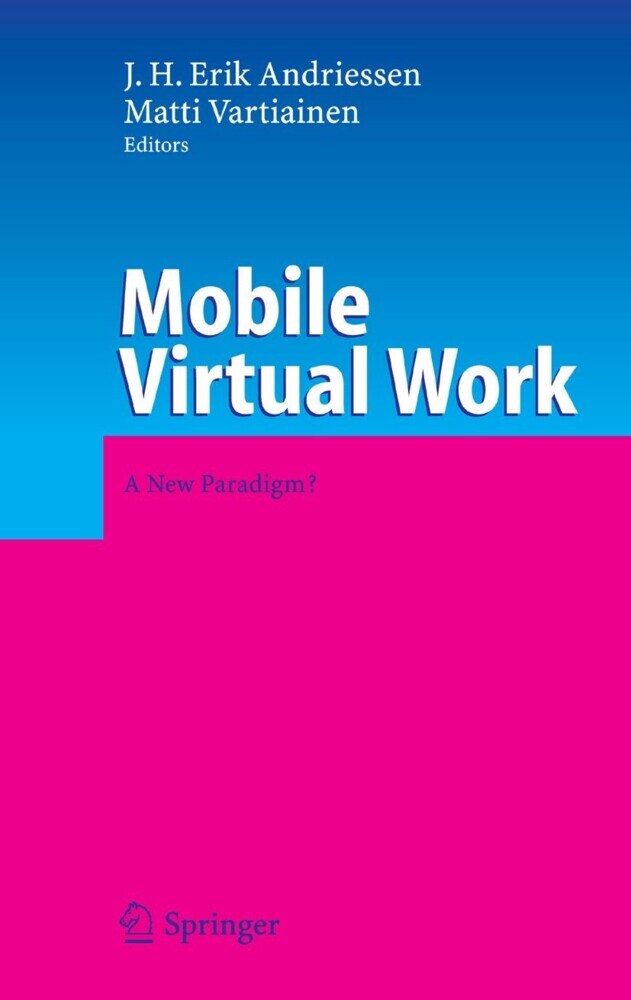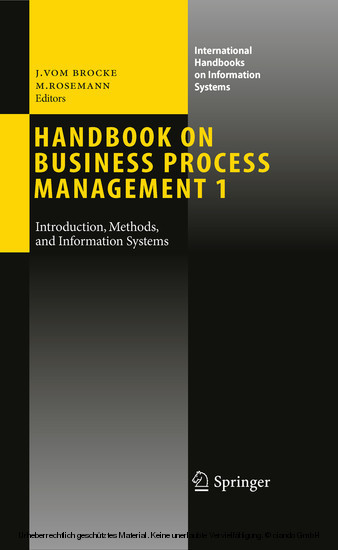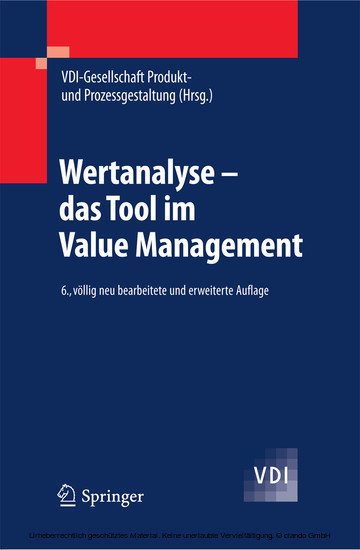Organizations
Social Systems Conducting Experiments
What are organizations? What is their point? How should one design successful organizations?
1;Dedication;5 2;Acknowledgments;5 3;Contents;5 4;Chapter 1: Introducing Organizations as Social Systems Conducting Experiments;11 4.1;Introduction;11 4.2;Making Sense of Organizations: From ``Phenomena´´ to ``Key Features´´;11 4.2.1;Situation 1: Strategy Formulation;12 4.2.2;Situation 2: A Worker in Trouble;14 4.2.3;The First ``Arche´´: The Experimental Character of Organizations;16 4.2.4;The Second ``Arche´´: The Social Systemic Character of Organizations;16 4.2.5;The Relation Between the Social Systemic and the Experimental Character of Organizations;17 4.3;Organizations as Social Systems Conducting Experiments;18 4.3.1;Conducting Experiments;19 4.3.1.1;What is at Stake in the Experiment: Maintaining a Separate and Meaningful Existence;19 4.3.1.2;Conducting the Experiment: Adaptation and Realization for Meaningful Survival;22 4.3.1.3;The Experimental Character of Adaptation and Realization for Survival;25 4.3.2;Organizations as Social Systems;27 4.4;Principles Improving Organizational Design;30 4.4.1;Functional Design Principles;31 4.4.2;Specific Design Principles;32 4.5;Conceptual Background;33 4.6;Outline of the Book;35 4.6.1;Part I: Organizations as Social Systems Conducting Experiments with their Survival;35 4.6.2;Part II: Designing Organizations as Social Systems Conducting Experiments;37 4.6.3;Part III: Poor and Rich Survival;38 4.7;References;39 5;Chapter 2: The Experimental Arche: Ashby´s Cybernetics;40 5.1;Introduction;40 5.2;Cybernetics: Effective Methods for the Study of Complex Systems;41 5.2.1;Describing Behavior: ``Systems´´ and ``Transformations´´;42 5.2.2;Regular Behavior and Input;45 5.2.3;A procedure to Describe Behavior and Identify Regularity;47 5.2.3.1;Step 1. Select a Purpose;48 5.2.3.2;Step 2. Define the System, the Parameters, and the Measurement Interval;49 5.2.3.3;Step 3. Record the Behavior of the Black Box in Terms of Input and Output;49 5.2.3.4;Step 4: Construct a Conditional Transformation;50 5.2.3.5;Step 5. Establish Regularities in the Behavior of the Black Box (and Iterate);50 5.3;Cybernetics: Effective Methods for the Control of Complex Systems;53 5.3.1;Ashby´s Views on Regulation: Definition, Types of Regulation and Requisite Variety;53 5.3.1.1;Regulation: Ashby´s Definition;53 5.3.1.2;Types of Regulation;56 5.3.1.3;Effective Regulation: The Law of Requisite Variety;60 5.3.2;Control, Design and Operational Regulation;61 5.3.2.1;Control;62 5.3.2.2;Design;63 5.3.2.3;A Method to Deal with Complex Systems;65 5.3.2.3.1;Step 1: Control;65 5.3.2.3.2;Step 2: Design;66 5.3.2.3.3;Step 3: Regulation;66 5.3.2.4;An Illustration of Ashby´s Method: Problem-Solving as a Series of ``Control,´´ ``Design´´ and 65 5.3.2.5;Ashby´s Method Underlies Regulation in and of Organizations;69 5.3.3;Adaptive Behavior;72 5.3.3.1;Adaptation and Self-Regulation;72 5.3.3.2;Organizations as Adaptive Self-Regulatory Systems;73 5.4;Organizations as Systems Conducting Experiments;76 5.5;References;79 6;Chapter 3: The Experimental Arche Continued: Von Foerster on Observing Systems;80 6.1;Introduction;80 6.2;Two problems in first-order cybernetics;83 6.2.1;The problem of selection;83 6.2.2;The problem of defining the transformation;84 6.2.3;Dealing with Both Problems: The Cybernetics of Observing;90 6.3;Observers as Closed Systems Producing Eigenvalues;90 6.3.1;Closed Systems and Their Eigenvalues;91 6.3.1.1;A Formalism to Explain the Emergence of Eigenvalues;91 6.3.1.2;Three necessary elaborations of the basic formalism;94 6.3.1.2.1;The diversity of eigenvalues;94 6.3.1.2.2;The role of input;95 6.3.1.2.3;Eigenvalues and the complexity of systems producing them;97 6.3.2;Closure, cognition and observing;98 6.3.2.1;Closure of the nervous-system;99 6.3.2.2;The emergence of cognitive content;105 6.3.3;Problems of First-order Cybernetics Revisited;108 6.3.3.1;The Hypothetical Nature of Knowledge;110 6.4;Von Foerster and the Risky Nature of the Organizational Experiment;111 6.4.1;A Common Sense Understanding of Risk;112 6.4.2;A
| ISBN | 9783642001109 |
|---|---|
| Artikelnummer | 9783642001109 |
| Medientyp | E-Book - PDF |
| Auflage | 2. Aufl. |
| Copyrightjahr | 2009 |
| Verlag | Springer-Verlag |
| Umfang | 380 Seiten |
| Sprache | Englisch |
| Kopierschutz | Adobe DRM |











